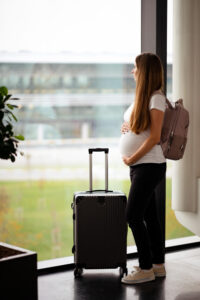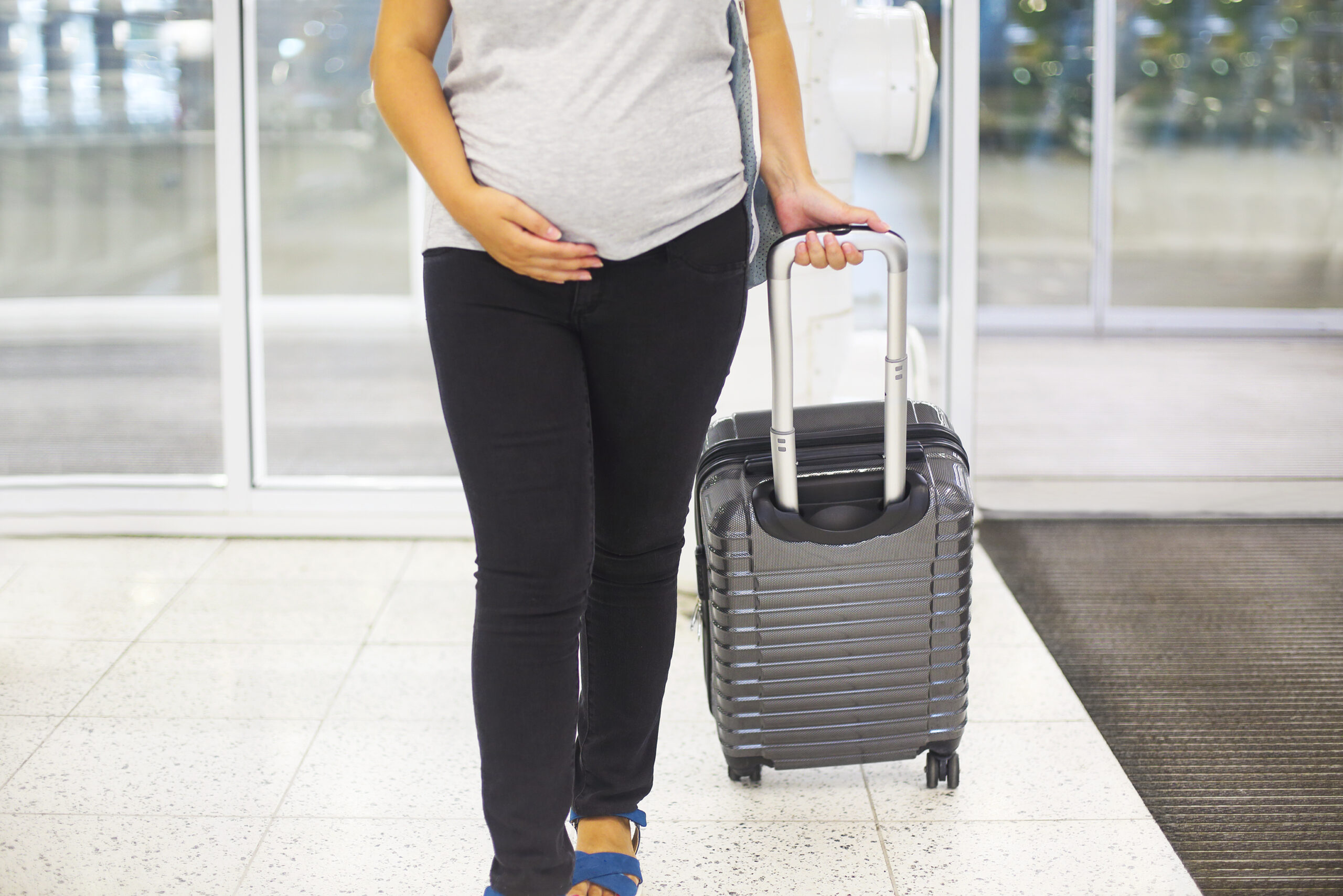At EAS Barcelona, with more than 30 years of experience training pilots, we are often asked: is it dangerous to fly while pregnant? The answer isn’t simple, but it’s clear when you consider medical facts, airline policies, and flight conditions.
Flying is usually safe during a normal pregnancy, especially in the second trimester. However, medical advice and proper planning are essential for comfort and safety.
Our background in forming over 2,000 pilots and completing 250,000+ instructional flight hours gives us a unique perspective. We understand the conditions inside a cabin and how they may affect passengers — especially those who are pregnant.
What do doctors say?
Medical institutions, including the World Health Organization and ACOG, agree: it is not dangerous to fly while pregnant if there are no complications. Most women can safely fly until the 36th week.
Pregnant travelers should always consult their doctor. Certain conditions like multiple pregnancy, high blood pressure, or a history of preterm labor may require more caution.
The cabin environment does not harm the baby. But low humidity, reduced oxygen, and long periods of sitting can increase the risk of swelling or blood clots.
Trimester considerations
First trimester: Nausea, fatigue, and natural miscarriage risk make flying less comfortable. Most women avoid travel during these weeks.
Second trimester: Considered the best time to travel. Energy returns, symptoms ease, and physical mobility is still manageable.
Third trimester: Airlines often ask for a medical certificate after week 28. They may limit or deny travel close to week 36. These rules exist to prevent in-flight labor, not because it is dangerous to fly while pregnant.

Practical tips for flying pregnant
-
Book an aisle seat for easier movement.
-
Wear compression socks during long flights.
-
Stay hydrated and move every hour if possible.
-
Keep your seatbelt under your belly and across the hips.
-
Bring healthy snacks and avoid carbonated drinks.
Cabin crew appreciate knowing if you’re pregnant. They can help with seating, mobility, or assistance during boarding.
Airline rules you should know
Every airline has its own policies for pregnant passengers. Some require a medical certificate from week 28 onward. Others ban flying after week 36 or in high-risk cases.
As flight instructors, we train pilots to follow these rules. They are not arbitrary. Airlines want to avoid unexpected deliveries in the air and ensure the health of everyone onboard.
Radiation concerns: should you worry?
Cosmic radiation exists at cruising altitudes. But studies from NASA and aviation authorities show that occasional flying does not make it dangerous to fly while pregnant.
Only frequent flyers, such as flight attendants, may need monitoring. Even in those cases, airlines set exposure limits to ensure safety.
Final thoughts: is it dangerous to fly while pregnant?
So, is it dangerous to fly while pregnant? In most cases, no. With medical clearance and responsible planning, flying can be safe and comfortable.
At EAS Barcelona, we’ve trained thousands of pilots under real-world conditions. We know how aircraft cabins work — and how safety protocols protect all passengers, including pregnant women.
The key is to stay informed, plan ahead, and talk to your doctor. If done right, flying while pregnant doesn’t have to be stressful or risky.
